
Which Light Bulb is Best?
If you’ve shopped for light bulbs recently, you may have noticed that most bulbs sold now are LED (light emitting diode) bulbs. Old-fashioned incandescents have all but vanished from store shelves, and the popularity of CFL (compact fluorescent light) bulbs is on the wane.
The shift away from CFL towards LED’s is mostly due to the fact that although CFL’s are more energy efficient than incandescents, CFLs just can’t compete with the energy efficiency and light quality of LED bulbs. Plus, you’re lucky if you get two to five years of life from a CFL bulb, while LED bulbs can last 20 years or more.
Still, trying to figure out which LED bulbs to buy can lead to a lot of head scratching. Here’s what you need to know before you shop.
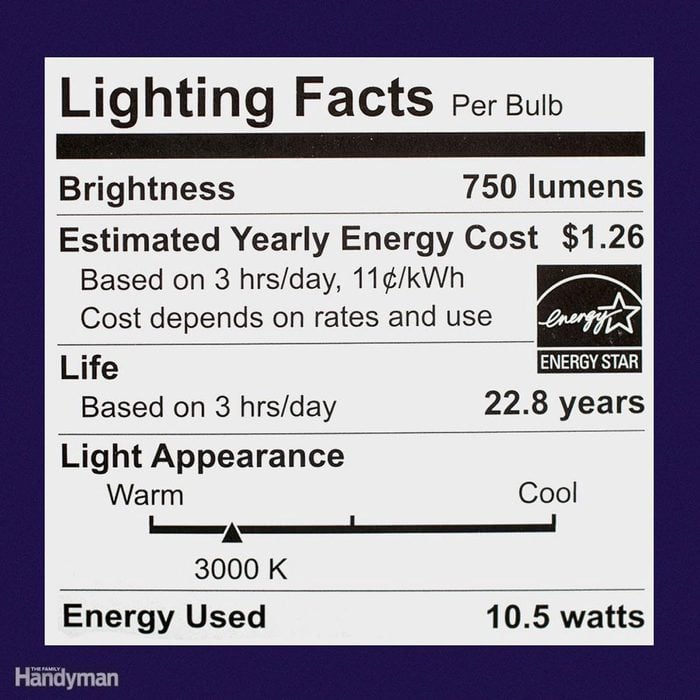
Read the Label
Most of the information you need to pick the right LED light bulb is right there on the packaging, but you won’t find it on the front. Look for the “Lighting Facts” label on the back or side of the packaging, and pay particular attention to two terms: ‘Brightness’ and ‘Light Appearance.’

Forget Watts — Think Lumens
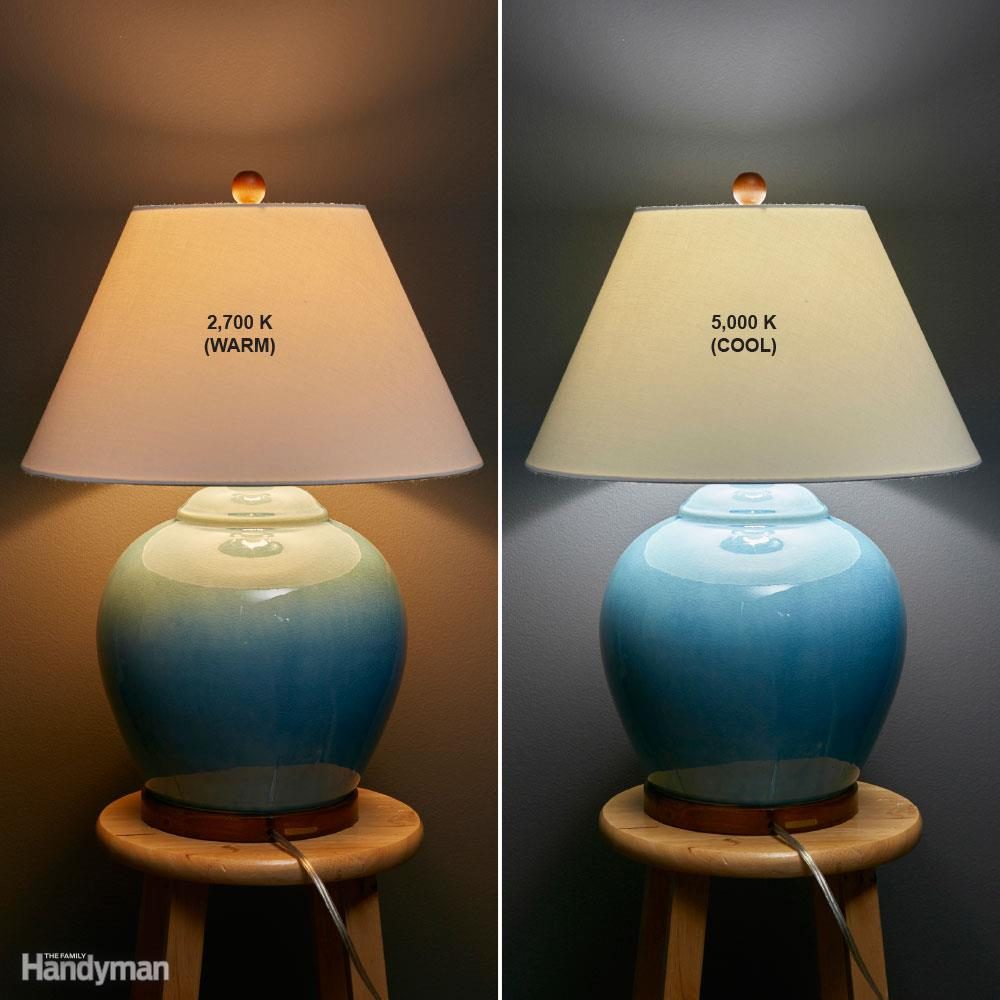
Choose Warm or Cool to Suit Your Use
‘Light Appearance’ on the Lighting Facts label refers to color temperature, which is measured as Kelvin (K). For table lamps or living room light fixtures, choose a bulb of about 2,700 to 3,000 K to get a warm light similar to the light from older incandescent light bulbs. For task lighting in places like workshops and laundry rooms, pick a bulb of about 5,000 K for cooler, bluish light that looks more like natural daylight.
Here’s how to upgrade light fixtures.
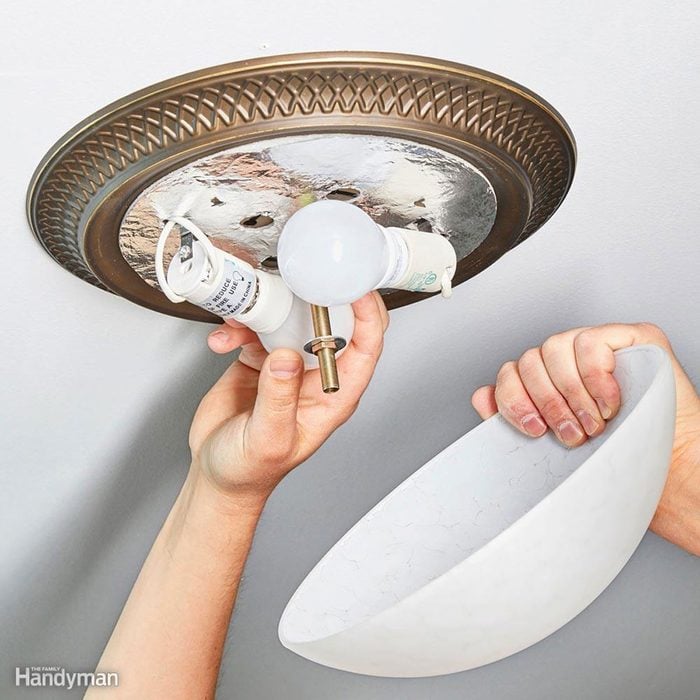
Enclosed Fixtures Need Special Bulbs
Some LED light bulbs can last for decades, but only if the heat they generate has a way to dissipate. If it can’t, heat will damage the electronics inside the bulb and it will fail prematurely. If you need to buy a bulb for a fully enclosed fixture, read the packaging carefully to make sure it’s approved for that use. Bulbs made for enclosed fixtures have a more efficient thermal design and are manufactured using components that will withstand higher temperatures.
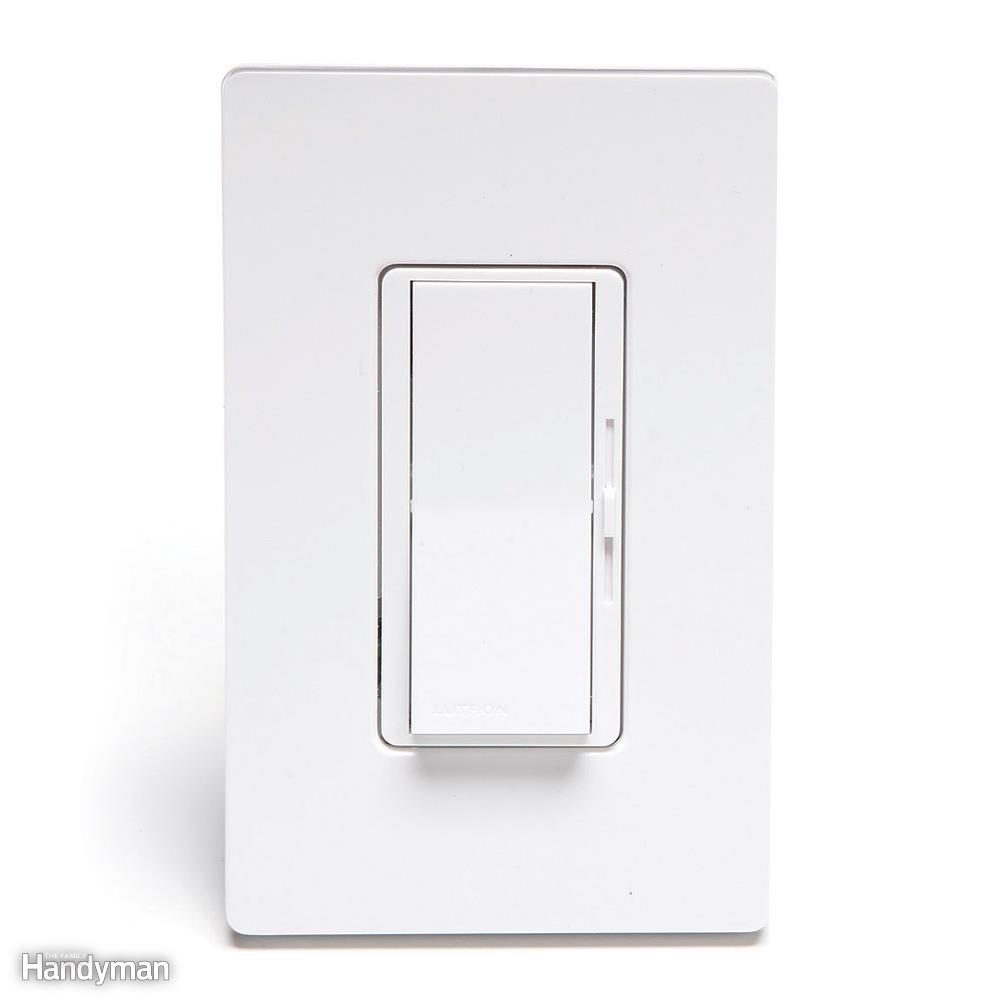
Choose Dimmers and Bulbs that are Compatible
Many LED bulbs are dimmable, but older dimmer switches were designed for use with incandescent bulbs and some won’t work with LEDs. If you’re unsure about your dimmer switch, visit light bulb manufacturer websites for lists of compatible dimmers. Learn how to wire LED lights.
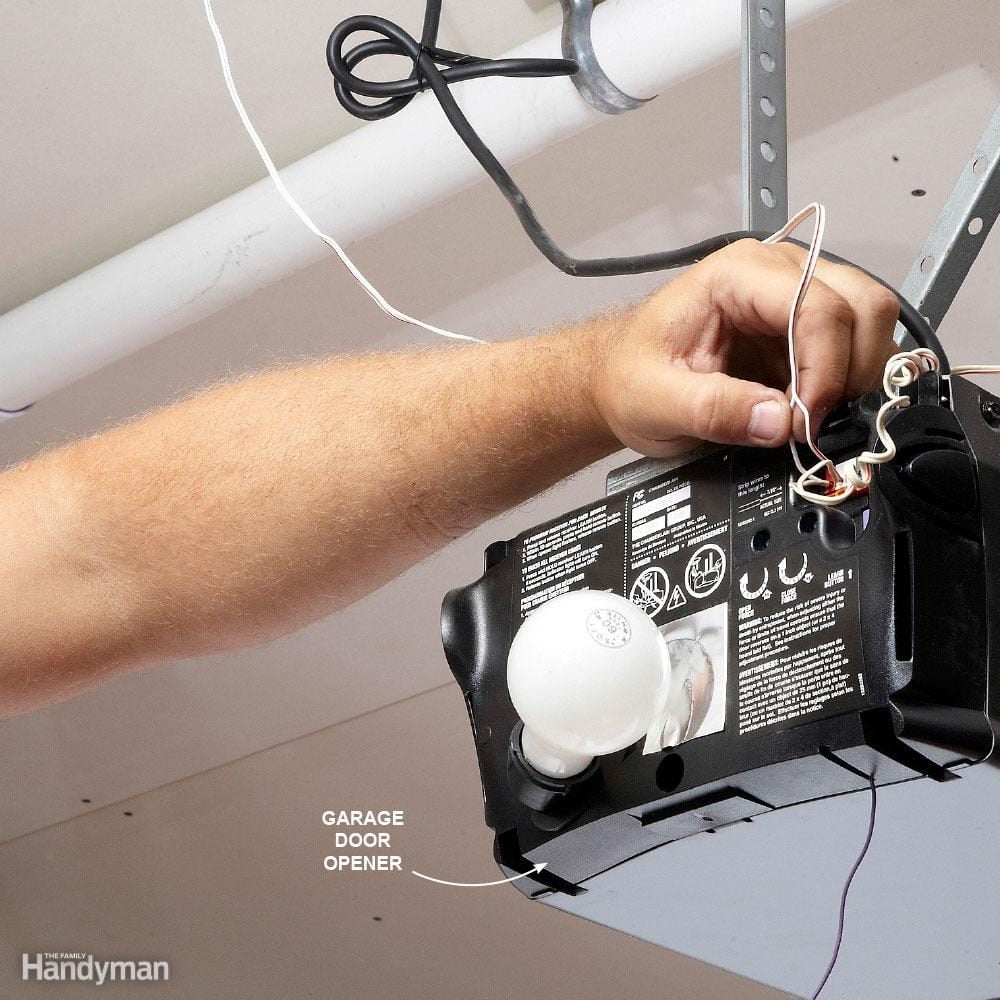
Where LED Light Bulbs Won’t Work
Don’t ever put an LED bulb inside an oven; stick with old-fashioned incandescent ‘appliance bulbs’ for that use. The heat from an oven will kill an LED bulb in short order. You can get LED appliance bulbs, but they’re made for refrigerators and freezers and can be hard to find locally, so you may have to search for them online. An LED bulb in a fridge or freezer won’t save you much money anyway because it’s on for only a few seconds at a time (yes, they do actually turn off when you close the door).
LED bulbs can also interfere with remote controls that operate garage door openers. Many garage door opener manufacturers have lists of compatible LED bulbs on their website. If in doubt, choose vibration-resistant or ‘rough service’ incandescent bulbs.
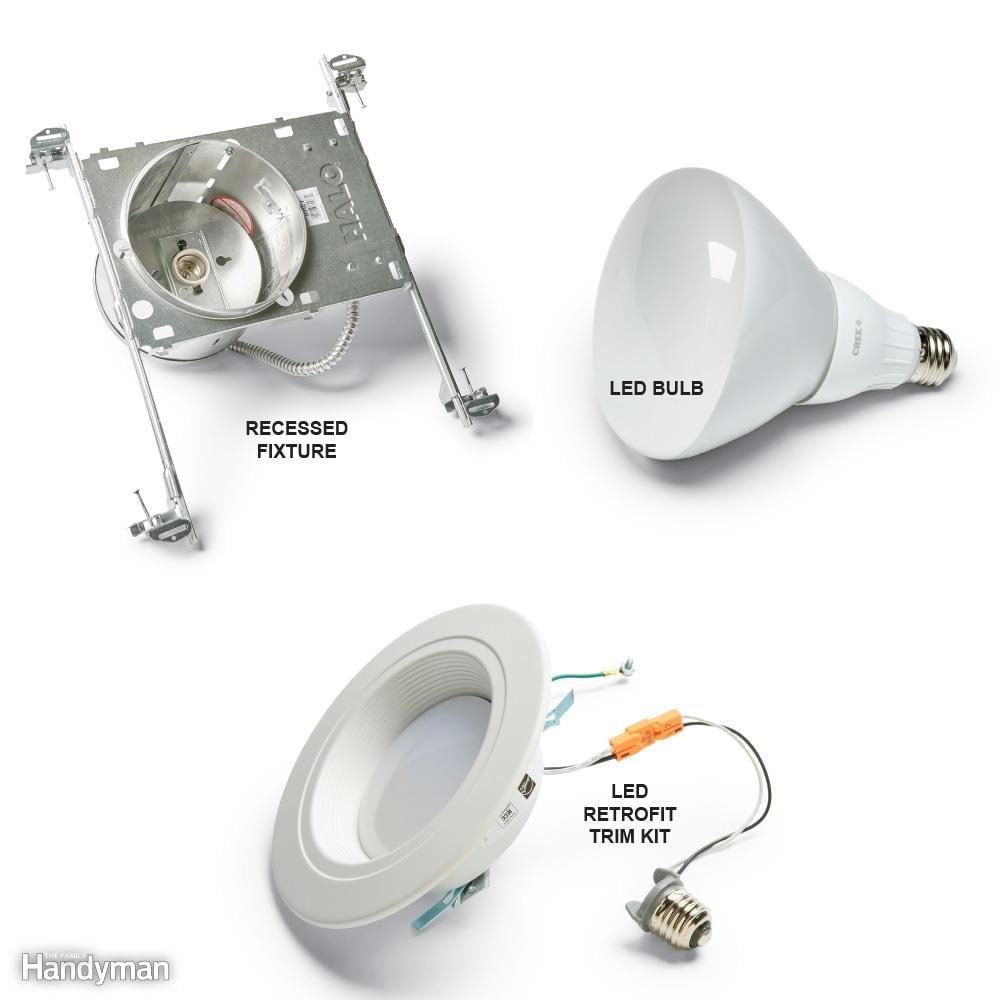
Options for Recessed Lights
You have a couple of options for retrofitting recessed ‘can’ fixtures with LEDs. One is just to swap out your existing bulbs with LED bulbs. The other is to replace them with LED retrofit trim kits ($12 to $55). No need for separate bulbs with these kits; they’re built in. Some kits can make older recessed cans airtight, preventing conditioned air in your house from escaping into the attic (if you can see open slots inside the can, it’s not airtight).
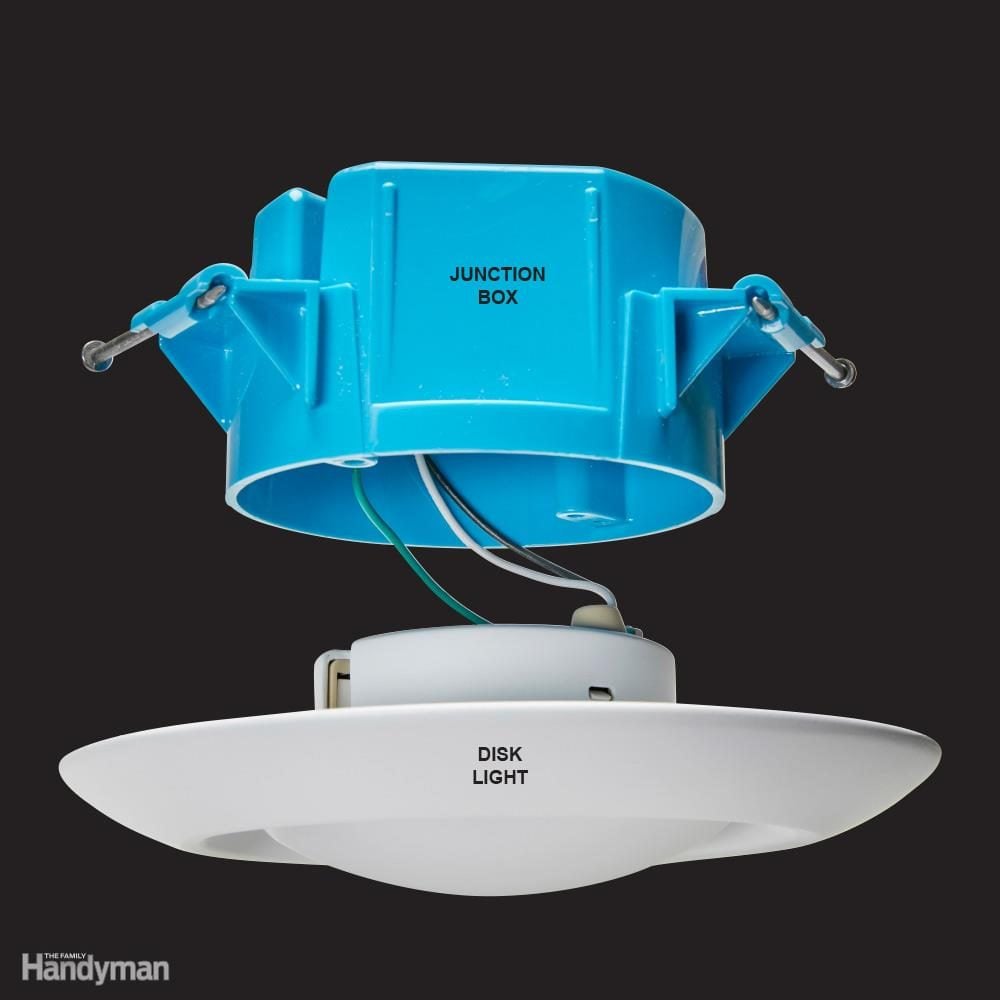
Disk Lights
If you wish you could install recessed can lights in your ceiling, but doing so would be too expensive or impractical, consider installing disk lights. These all-in-one units have LEDs built into them and can be recessed into an existing junction box, allowing the fixture to sit nearly flush with your ceiling.
